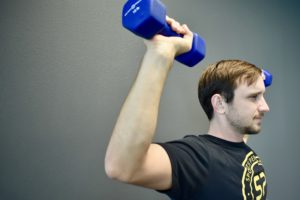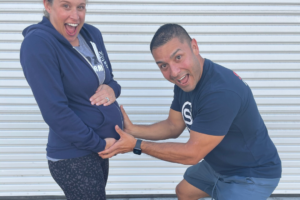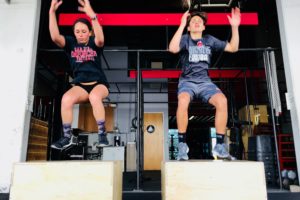In our inaugural podcast (click here to listen) we addressed our thoughts on getting back into sports after injury. In this blog, we wanted to follow up with written information because deciding when to return to sport is a multidimensional process that can take place between you, your doctor, and your physical therapist.
There are two factors that we take into consideration when first deciding when is the right time for a return to sport: time-based and criteria-based. Time-based is the biological aspect of the equation. Tissues, whether muscle, ligament, tendon, or bone need time to heal. This healing depends on your age, health, activity level, and nutritional status. It also depends on which tissue was injured because they all have different timelines of healing and these really cannot be rushed. We can’t change biology and we have to wait the appropriate amount of time for the injured tissue to heal.
This healing depends on your age, health, activity level, and nutritional status.
The next factor is criteria-based. Now this is our wheelhouse as physical therapists. We are building this from the second you walk in the door with injury. Criteria-based guidelines are just that: you have to achieve certain criteria to pass from one stage of rehabilitation to the next and then achieve the final stages to be able to get back into your sport. Criteria that we commonly check are range of motion, strength, power output, jumping, and hopping.
You have to achieve certain criteria to pass from one stage of rehabilitation to the next.
The next thing we consider are workloads and the dimensions that it entails. Workload dimensions are: frequency, volume, duration, and intensity. Frequency is how many days/times you are involved in that activity in a chosen week. Volume is the load and repetitions that you are performing while you do said activity. Duration is the length of time in a given session that you perform the activity. Intensity is volume per unit of time: how much work is done in a specific period of time. When coming off injury each of these dimensions need to be adjusted and progressed. As these dimensions change over time, we keep an eye on movement, body mechanics, and tissue tolerance, making sure all the benchmarks (criteria) are being achieved on the path back to sport. Within these dimensions we always change one at time in attempt not to over stress the healing tissues. Yes, the healing tissue needs to be stressed. This facilitates healing and strengthens the tissues, but too much stress will cause a flare up or re-injury which adds time back into the equation.
To sum up, there has be the appropriate amount of time that has passed for the tissue that was injured to heal. Next the athlete has to achieve certain criteria, whether this is strength, single leg stability, power, or a combination of these characteristics. And, finally the amount of workload that your sport takes needs to have progressed to over time. Making sure that all of these are taken care of will help reduce the risk of re-injury and get you back into sport game ready! A lot goes into recovering from an injury. Overall you have to know your body and, more importantly, listen to your physical therapist!
Stay healthy!
-Dr. Nick Schroeder, PT, DPT
For more tips on optimizing athletic performance FOLLOW US on:
- Instagram: http://www.instagram.com/SportsPerformancePT
- Facebook: http://www.facebook.com/SportsPerformancePT
- YouTube: http://www.youtube.com/c/SportsPerformancePT













